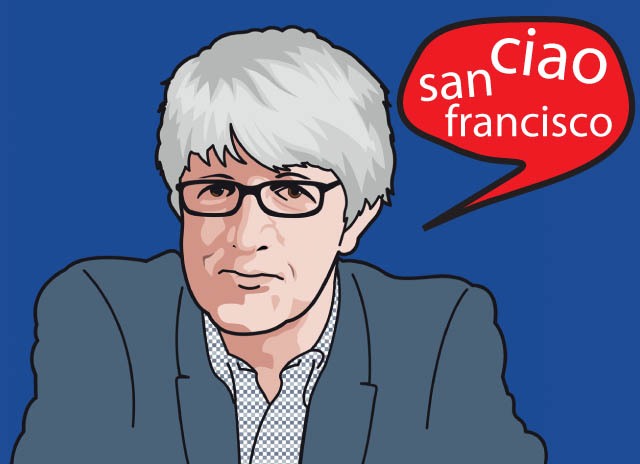
È stato un grande piacere sentire Beppe Severgnini parlare a San Francisco mercoledì scorso durante un evento co-organizzato da BAIA, dal Consolato e dall’istituto culturale italiano. L’argomento è stato “Gli italiani e gli americani: come ci vediamo”. Se non avete mai sentito parlare di Beppe Severgnini, vi raccomando di leggere i suoi libri. Lui è un giornalista italiano del Corriere della Sera dal 1995, e negli ultimi anni scrive anche per il New York Times in qualità di opinionista. È anche autore di diversi libri esilaranti come “La Bella Figura” e “Ciao America!” che offrono alcuni acuti spunti sulla psiche italiana e americana. Severgnini non cerca di indorare la pillola quando esprime le sue osservazioni, ma ci racconta il buono e il cattivo, e lo fa entrando in contatto con entrambe le culture per aiutarci a capirci un po’ meglio.
It was a great pleasure to hear Beppe Severgnini talk in San Francisco last Wednesday, at an event co-organized by BAIA, the Consulate, and the Italian Cultural Institute. The topic of discussion was “Italians & Americans: How we see each other”. If you haven’t heard of Beppe Severgnini, I highly recommend that you read his work. He is an Italian journalist at the Corriere della Sera and has been since 1995 and recently an op-ed columnist at the New York Times. He is also the author of several hilarious books like “La Bella Figura” and “Ciao America!” that offer some keen insights into the Italian and American psyches. He doesn’t sugar coat his observations but tells us the good and with the bad, and he does it in a way that resonates with both cultures and helps us to understand each other a little better.
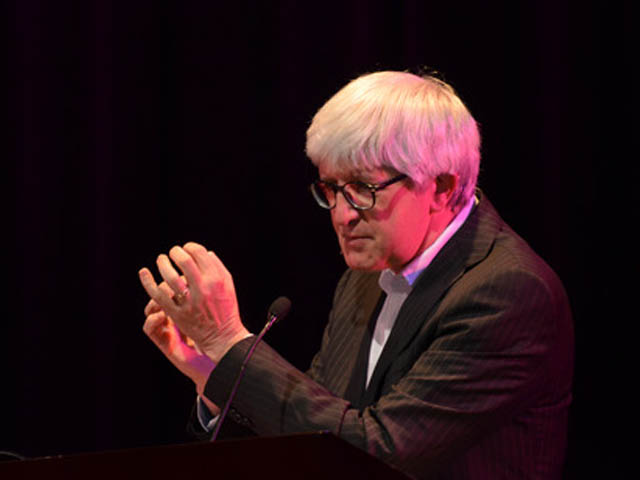
Beppe è molto popolare fra i miei amici italiani. Uno l’ha descritto come: “una testa che pensa”. Il mio amico ha anche detto: ““In Italia non siamo solo scandali e Berlusconi…pizza e mandolini”. Se è vero che gli americani e gli italiani sembrano avere “una attrazione fatale” gli uni per gli altri, la nostra conoscenza reciproca è ancora piuttosto superficiale. Severgnini riflette sul fatto che fino a poco tempo fa gli americani ricavavano le loro idee sull’Italia dalle scrittrice americane che compravano le ville in Toscana, o dai “libri con le copertine che mostrano le tovaglie a scacchi, le bottiglie di chianti e i rami d’ulivo da cui erroneamente pendono i limoni.”
Beppe is quite popular amongst my Italian friends. One described him as “a thinking head”. My friend also commented: “In Italy, we aren’t just scandals and Berlusconi … pizza and mandolini”. While it is true that Americans and Italians seem to have a “fatal attraction” for each other, our mutual knowledge of each other is still rather superficial. Severgnini reflects that until recently Americans have derived much of their knowledge about Italy from American authors who buy villas in Tuscany, or from “books that feature covers with checkered table clothes, chianti bottles and olive branches from which inaccurately dangle lemons”.
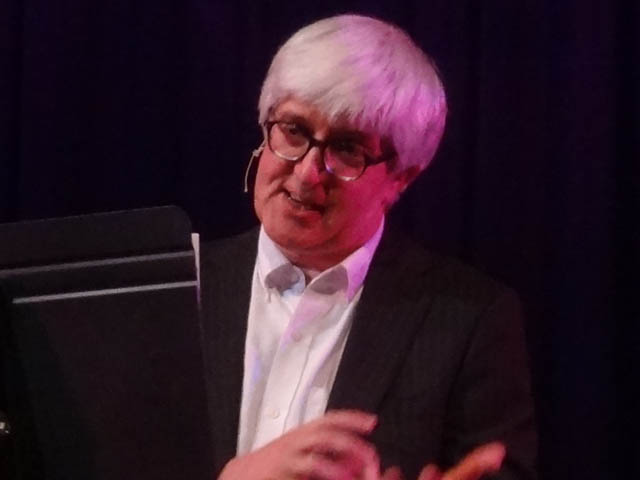
Per capire meglio la psiche italiana e americana, durante il suo discorso a una folla di 500 italiani e italofili a San Francisco, Severgnini ha parlato delle quattro grandi “C”: Cambiamento, Controllo, Coreografia e Concorrenza. Severgnini ha creato una sorta di “Severgnini Rosetta Stone, o un modello con cui possiamo confrontare e contrappore le risposte delle culture a queste quattro dinamiche sociali. Esaminando questi fattori possiamo “decodificare” le differenze fra le culture.
To understand the Italian & American psyches a little better, during his discourse to a sold-out crowd of 500 Italians and Italophiles in San Francisco, Severgnini talked about the Four Big C’s: Change, Control, Choreography, and Competition. Severgnini created a kind of “Severgnini Rosetta Stone”, or criteria by which to compare and contrast each culture’s responses to these four social dynamics. By examining these factors we can better “decode” our cultural differences.
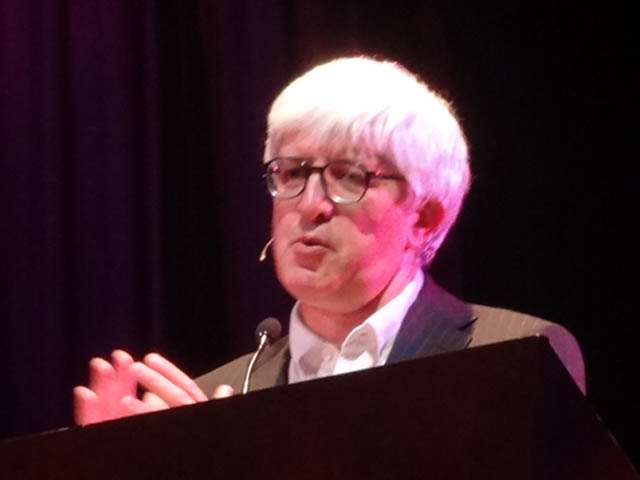
CAMBIAMENTO: In breve, gli americani trovano “sexy” il cambiamento, qualcosa da abbracciare e e per cui festeggiare. Dall’altro lato, gli italiani mentre superficialmente sembrano rivoluzionari, in fondo sono davvero conservatori. Il cambiamento è una cosa spaventosa per loro.
CHANGE: In a nutshell, Americans find “change” to be “sexy” and something to be embraced and reveled in. Italians, while superficially they look like they are the revolutionaries, deep down they are true conservatives. Change is ultimately a scary thing to them.
CONTROLLO: Gli americani trovano conforto e rassicurazione nella loro capacità di controllare le cose, anche se percettivamente, attraverso la logica, la pianificazione a lungo termine e l’organizzazione. Gli italiani invece pensano che “il controllo” sia noioso. A un italiano piacerebbe piuttosto operare sulla spontaneità e sull’intuizione. Il che spiega l’elemento di incertezza nello stile di vita italiano. Ecco perché gli italiani sono così bravi a pensare in modo creativo e perché a volte deludono quando si tratta di compiti di routine.
CONTROL: Americans find comfort and reassurance in their ability to control things, albite perceptually, through logic, long-term planning, and organization. Italians on the other hand find control to be boring. Anything that smacks of statistics and predictability is a death knell to an Italian. He would much rather operate on spontaneity and intuition, which explains the element of uncertainty in the Italian lifestyle. That is why Italians are so good at thinking creatively and why they sometimes under-perform when it gets down to dealing with routine tasks.
COREOGRAFIA: Secondo Severgnini gli americani si deliziano nella coreografia, o nelle grandi manifestazioni pubbliche per mostrare agli altri i risultati dei loro sforzi, inaugurazioni, feste di laurea, matrimoni. Gli italiani invece si concentrano sulla loro coreografia nella vita privata a cominciare dalla cena in famiglia.
CHOREOGRAPHY: According to Severgnini Americans delight in choreography, or big public displays of showing off our accomplishments i.e., inaugurations, graduation ceremonies, weddings. Italians on the other hand concentrate their choreography on their private lives, starting with the dinner table and their immediate families.
COMPETITIZIONE: Gli americani, secondo Severgnini “hanno inventato la competizione” e l’hanno trasformata in un sistema economico e stile di vita. Gli italiani però hanno paura della competizione e vogliono resistere la concorrenza. Reagiscono a un’atmosfera competitiva con diffidenza e irritazione. Per un italiano la paura di perdere è più spaventosa di trovare una soluzione alternativa e migliore attraverso un ambiente competitivo.
COMPETITION: Americans, according to Severgnini “invented competition” and have turned it into an economic system and a way of life. Italians however, fear and resist competition. They react to a competitive environment with mistrust and irritation. To an Italian, the fear of losing is more fearful than finding an alternative better solution through a competitive environment.
Se siamo in grado di andare oltre i tipici stereotipi evidenti che gli italiani sono solo “gelato e gesti emotivi, limoncello e Vespe sportive, ci rendiamo conto che gli italiani sono i maestri del “bel gesto”, o dell’arte di fare atti gentili (e che loro sono il pubblico dei loro gesti teatrali.) La scommessa italiana, secondo Beppe, “è trasformare i bei gesti in buoni comportamenti. Se ci riusciamo, non ci batte nessuno”.
If we can get beyond the obvious stereotypes that Italians are only about gelato and wild gestures, limoncello and sporty vespas, we realize that the Italians have mastered the art of “bel gesto” or the art of individual kind acts and that they are their own theatrical audience to the kind actions that they perform. It is the Italian challenge, according to Beppe, “to sustain these bei gesti into good conduct. If we do, no one can beat us”.
Il discorso di Severgnini è stato seguito da un bel ricevimento con prosecco naturalmente, e da quando sono stata in Italia non avevo sentito parlare così tanto italiano intorno a me. Sono stata molto contenta di riprendere alcune amicizie e farne di nuove. Per me è stato particolarmente illuminante sentire Severgnini parlare della psiche italiana per analizzare e capire meglio i motivi per cui abbraccio un paese e una cultura così diversa dalla mia. Come si dice: Gli opposti si attraggono! Grazie Beppe! In una sera hai arricchito la mia vita, in più di un modo!
Severgnini’s talk was followed by a lovely reception complete with prosecco of course and since the last time I was in Italy I haven’t heard so much Italian spoken around me. I was extremely happy to rekindle some friendships and make some new acquaintances. But for me, it was especially enlightening to hear Severgnini talk about the Italian pysche in order to analyze my own reasons for embracing a country and a culture that is so very different from my own. But as they say opposites attract! Grazie Beppe! In one night you certainly enriched my life, in more ways than one!
You can read Beppe Severgnini’s comments about his talk in San Franciso in the Corriere della Sera’s “Italians” that appeared the Thursday after his speech: Column: http://italians.corriere.it/2014/05/08/italia-america-e-una-questione-di-coreografia/
Grazie alla mia amica Maria Luisa Manca, che ha fatto le foto e le ha condivise con me.
Breve video della serata
If you liked this post you might like these podcasts about how an American and an Italian view Milan and San Francisco:
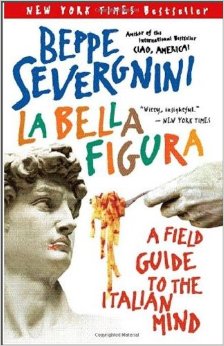


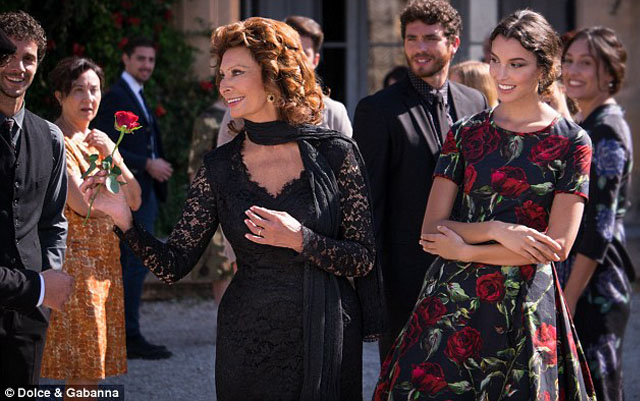

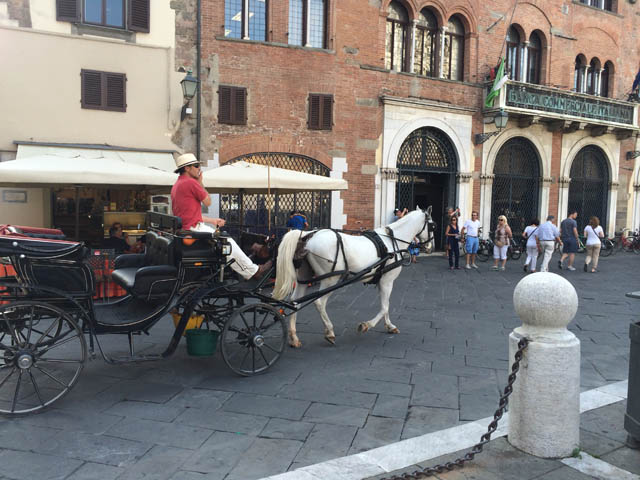








So che lui ti piace parecchio,quindi mi guardo dall’esprimere la mia opinione su Severgnini in pieno.Dico solo che anch’io avrei partecipato volentieri alla serata,però solo per il prosecco.Spero che fosse gratis.
P.S. Auguri tardivi per la festa della mamma a te,Melissa! Sei una mamma straordinaria 🙂 🙂 🙂
Almeno tre dei miei amici italiani sono d’accordo con Leo! Mi è piaciuto il primo libro di Severgnini che ho letto, ma ho trovato il secondo troppo simile al primo. Ciononostante, se fosse venuto nella mia città, sarei andata a sentirlo!
Adoro il nuovo design del tuo sito, Melissa!! Brava!! 🙂
Grazie Edina! Ho deciso era ora per un piccolo cambiamento. Spero che sia più facile trovare altri post da leggere!
I read La Bella Figura – in fact I’ve kept it to reread. I felt that at times he was ridiculing Italians. I don’t like generalizations. I believe Italians are not so naive as to think all Americans are a certain way or I don’t believe we are so uninformed as to believe that all Italians are as Bebe Severgnini describes. I think he may be a bit jaded.
I struggle too with extreme stereotyping and making broad sweeping national generalizations for both Americans and Italians. In my self I see personal characteristics that could go either way in both sets of criteria that Severgnini outlines for Americans & Italians. It isn’t fair to stick labels on people and then say this is exactly how they are and “ah ha” now we understand why. But, at the same time our two countries are different in the ways we approach things and there are some great differences between our two lifestyles, as there are some great differences also between Italo-American culture and Italian culture.
So it is an interesting thing to contemplate and ruminate over as to what those differences are and how they translate to creating different cultures and outlooks for groups of people and nations. As a person who likes to study human nature it is interesting to me to read Severgnini and see if it holds true to my litmus test and my experiences of traveling in Italy and the friends and people that I work with and know in Italy. Some things don’t ring true in my opinion. Some things do, at least a little.